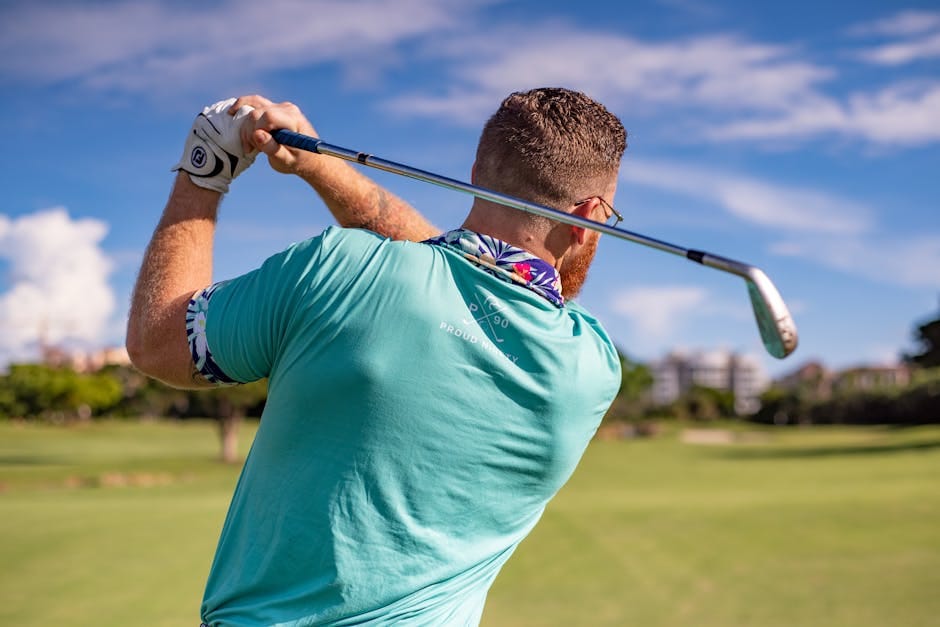Golf clubs are essential tools for any golfer, regardless of skill level. Whether you're just starting out or looking to improve your game, choosing the right clubs can make a world of difference. This comprehensive guide will delve into the intricacies of golf clubs, empowering you to make informed decisions and elevate your golfing experience.
**Types of Golf Clubs**
Golf clubs are categorized into different types based on their intended use. The most common types include:
* **Drivers:** Designed for maximum distance on tee shots
* **Woods:** Used for longer approach shots and fairway drives
* **Irons:** Versatile clubs for shorter approach shots and irons shots
* **Wedges:** Specialized clubs for shots around the green and out of bunkers
* **Putters:** Used for rolling the ball on the green towards the hole
**Clubhead Design**
The clubhead is the striking part of the golf club and plays a crucial role in determining the trajectory, spin, and distance of your shots. Clubheads come in various shapes, sizes, and materials.
* **Persimmon Woods:** Traditional clubheads made from wood, offering a softer feel and lower spin
* **Metal Woods:** Constructed from titanium or stainless steel, offering increased distance and forgiveness
* **Blade Irons:** Compact heads with a thin sole, providing precision and workability
* **Cavity-Back Irons:** More forgiving heads with a wider sole, ideal for beginners and high handicappers
**Shaft Characteristics**
The shaft is the connecting link between the clubhead and the grip. It determines the flex and weight of the club, which influence the feel, distance, and accuracy of your shots.
* **Flex:** Refers to the amount of bend in the shaft and is categorized as regular, stiff, or extra stiff
* **Length:** Measured in inches, the shaft length can impact swing speed and accuracy
* **Weight:** Heavier shafts promote stability and distance, while lighter shafts enhance swing speed
**Grip Size and Material**
The grip is the part of the club that you hold, and its size and material can affect comfort and control.
* **Grip Size:** Available in different diameters to accommodate various hand sizes
* **Grip Material:** Options include leather, rubber, and synthetic materials, each offering unique feel and durability
**Club Fitting**
To ensure optimal performance, it's essential to get fitted for golf clubs. A club fitting session involves analyzing your swing characteristics, such as swing speed, tempo, and launch angle, to determine the ideal club specifications for your game.
**Conclusion**
Understanding the different aspects of golf clubs empowers you to make informed choices and tailor your equipment to your individual needs. By considering the types of clubs, clubhead design, shaft characteristics, grip size, and material, and undergoing a club fitting, you can unlock your golfing potential and elevate your game to new heights.

